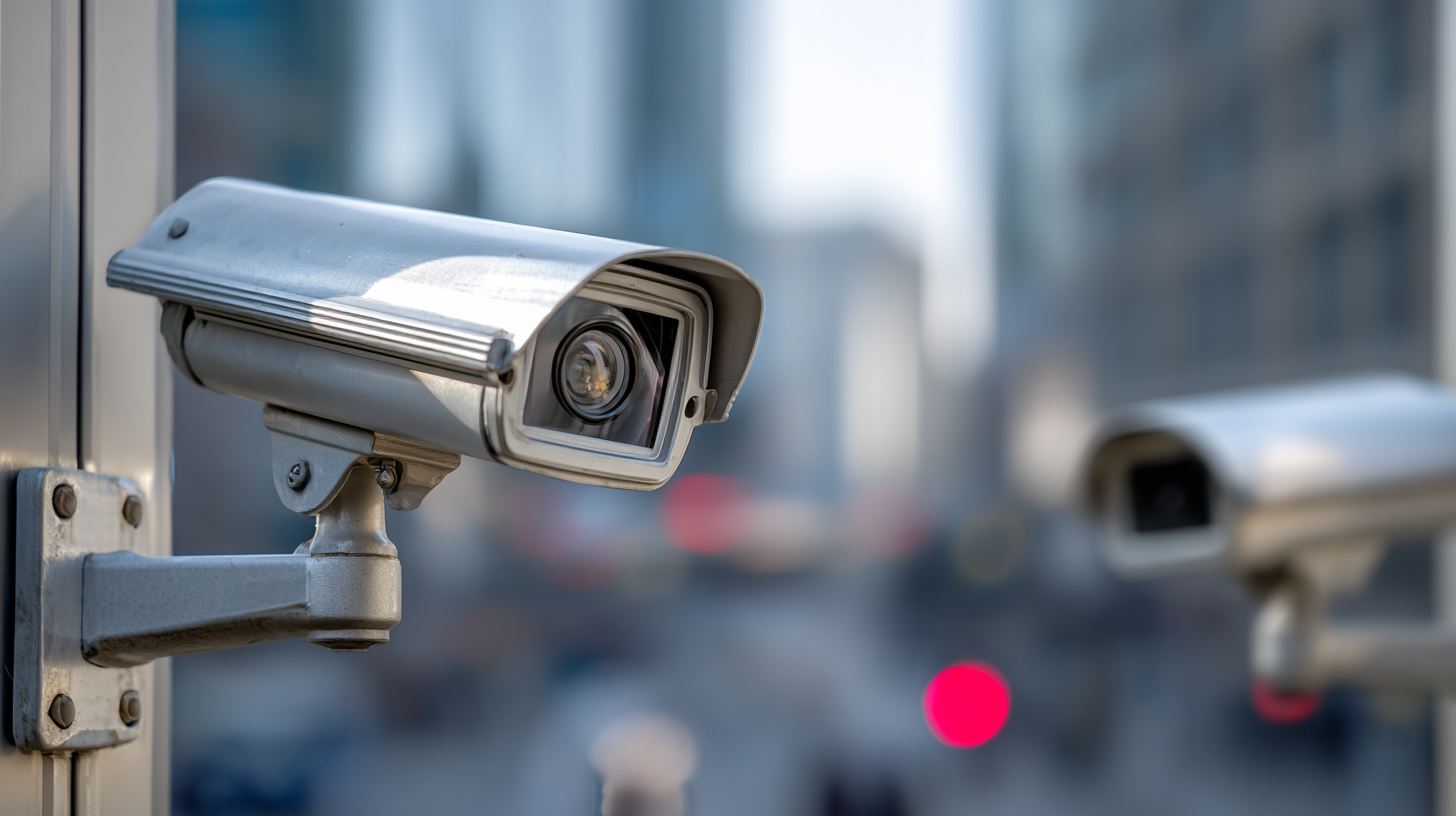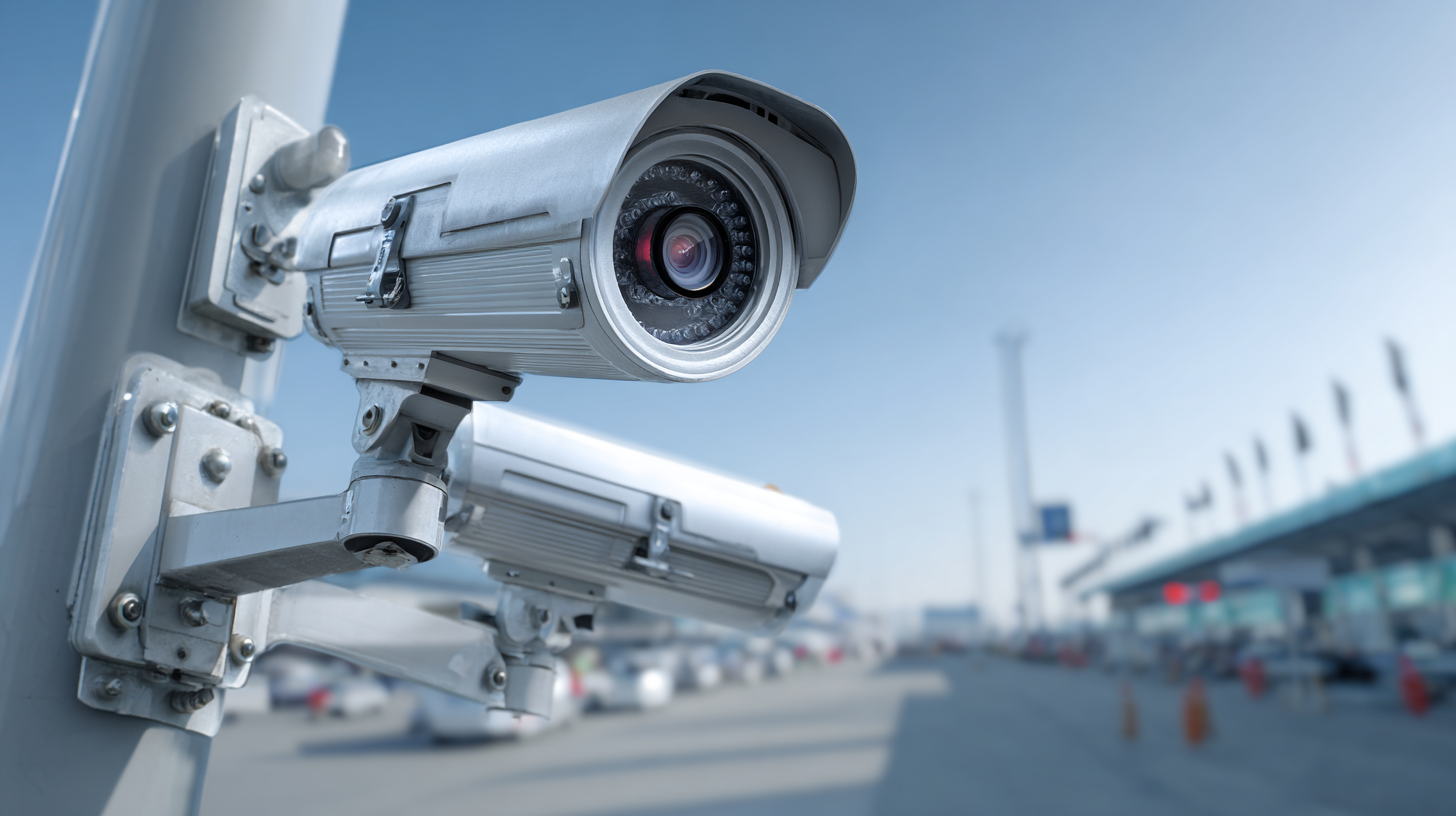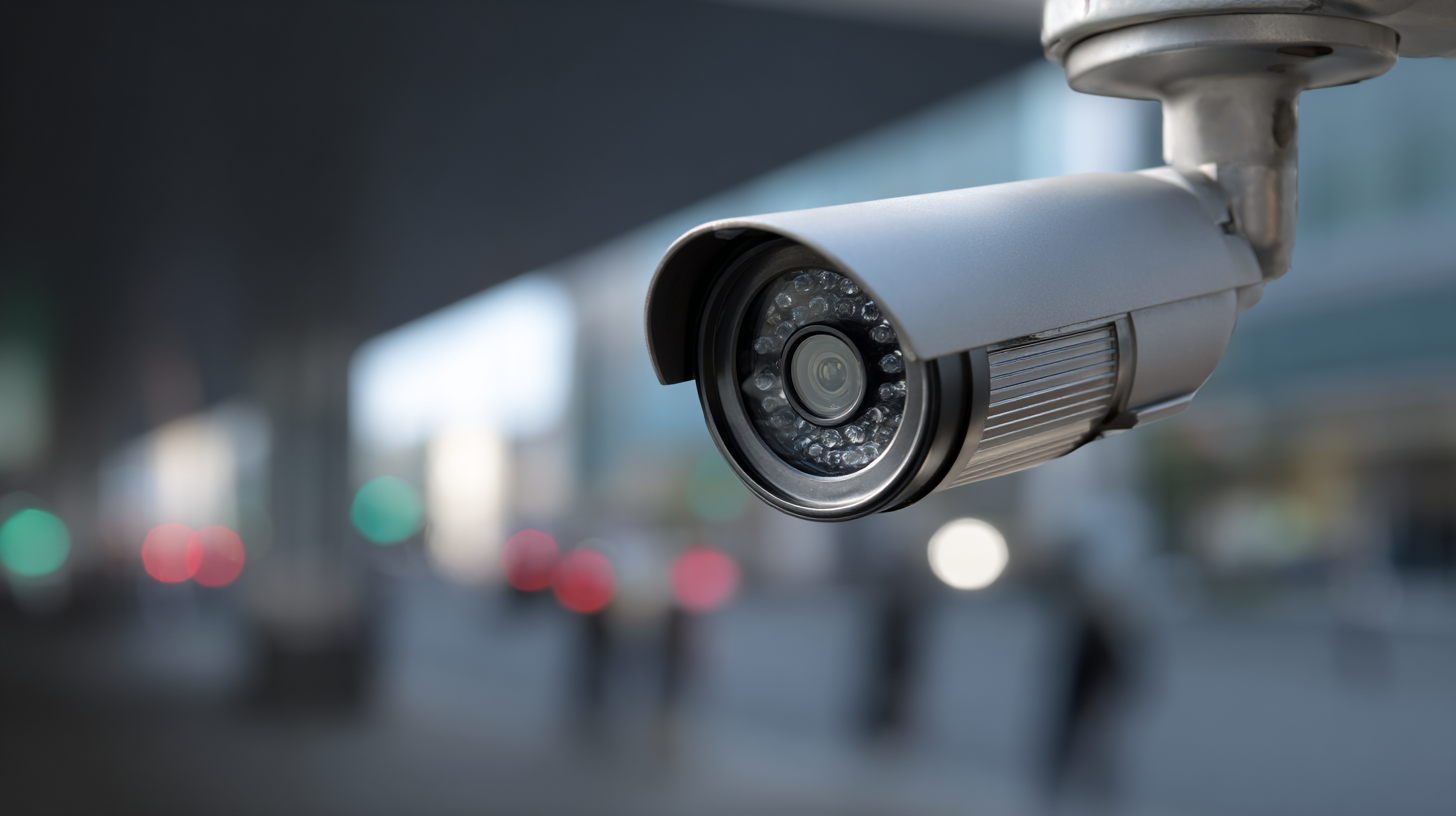In an era where security concerns are escalating worldwide, the demand for professional security cameras has surged dramatically. According to a report by MarketsandMarkets, the global video surveillance market is projected to reach $62.6 billion by 2023, growing at a CAGR of 10.1%. This growth is fueled by the increasing need for public safety, advancements in technology, and the rising awareness of security threats among businesses and homeowners alike.
 Countries like China have emerged as leaders in manufacturing these high-quality security solutions, offering products that emphasize "中国智造,全球热销,品质保证" - reflecting a commitment to innovation and global market appeal. As consumers seek the best protection for their assets, understanding industry standards becomes crucial in selecting the right professional security cameras, ensuring optimal performance and reliability in protecting against evolving threats.
Countries like China have emerged as leaders in manufacturing these high-quality security solutions, offering products that emphasize "中国智造,全球热销,品质保证" - reflecting a commitment to innovation and global market appeal. As consumers seek the best protection for their assets, understanding industry standards becomes crucial in selecting the right professional security cameras, ensuring optimal performance and reliability in protecting against evolving threats.
When selecting professional security cameras, understanding the key features can make all the difference in ensuring effective surveillance.
One of the foremost aspects to consider is resolution; modern security cameras typically offer at least 1080p HD quality, which provides clearer images and allows for better identification of faces and license plates. Higher resolutions, such as 4K, are also available and can significantly enhance detail during critical moments, especially in expansive areas.
Another critical feature is the field of view. A camera with a wide-angle lens can cover more ground, reducing blind spots and the need for multiple cameras.
Additionally, consider cameras with integrated night vision capabilities, as they can capture clear footage even in low-light environments. Lastly, look for cameras with smart technology, such as motion detection and mobile alerts, which provide real-time updates and allow for proactive security measures.
These features collectively empower businesses and homeowners alike to stay one step ahead in safeguarding their premises.
When it comes to selecting the best professional security camera systems, understanding the different types available is crucial. Security cameras can be broadly classified into several categories, including
analog,
IP, and
HD-TVI cameras.
Analog cameras are the traditional type, known for their ease of installation and relatively lower costs, but they offer limited image quality compared to newer technologies. IP cameras, on the other hand, provide
superior resolution and the ability to access live feeds remotely, making them a preferred choice for many modern installations.
Moreover, advancements in technology have led to the emergence of specialized camera systems such as
PTZ cameras, which allow users to pan, tilt, and zoom, offering versatile surveillance capabilities. Surveillance systems can also include features like
motion detection,
night vision, and integration with
smart home devices for enhanced security. As the global smart home security market continues to expand, with projections indicating significant growth in the coming years, the importance of understanding these camera types and their functionalities becomes ever more apparent for consumers and businesses alike.
When selecting professional security cameras, resolution and image quality play a critical role in ensuring effective surveillance. Higher resolution cameras, such as those offering 1080p or 4K capabilities, provide clearer and more detailed images, making it easier to identify individuals and objects within the frame. This clarity is particularly vital in low-light conditions or when capturing fast-moving subjects, where lower quality images can lead to crucial details being lost.
 Image quality encompasses not only resolution but also factors such as color accuracy and low-light performance. A camera with superior low-light capabilities can produce usable images even in darkness, which is essential for nighttime surveillance. Additionally, features like Wide Dynamic Range (WDR) help in balancing extremes of lighting, ensuring that both bright and dark areas are adequately captured. By prioritizing resolution and overall image quality, businesses can enhance their security measures and respond more effectively to potential threats.
Image quality encompasses not only resolution but also factors such as color accuracy and low-light performance. A camera with superior low-light capabilities can produce usable images even in darkness, which is essential for nighttime surveillance. Additionally, features like Wide Dynamic Range (WDR) help in balancing extremes of lighting, ensuring that both bright and dark areas are adequately captured. By prioritizing resolution and overall image quality, businesses can enhance their security measures and respond more effectively to potential threats.
When selecting professional security cameras, understanding the durability standards established in the industry is crucial. Security cameras are exposed to various environmental conditions, from extreme temperatures to moisture and dust. Therefore, looking for cameras that meet specific durability ratings, such as IP (Ingress Protection) and IK (Impact Protection) ratings, is essential. An IP rating indicates how well the camera can resist water and dust, while an IK rating reveals its ability to withstand physical impacts. Cameras with at least an IP66 rating, for instance, can endure heavy rain and dust, making them suitable for outdoor use.
Additionally, assessing materials and construction quality can provide further insight into a camera's durability. Cameras made with robust materials like aluminum or reinforced plastic are more likely to withstand harsh conditions than those made from standard plastic. Furthermore, it is important to consider the camera’s temperature operating range, ensuring that it can function efficiently in both high and low temperatures. By meticulously evaluating these industry standards for durability, businesses can make informed decisions when investing in security solutions that will reliably protect their assets over time.

When it comes to installing and maintaining security cameras, it is essential to follow industry best practices to ensure both effectiveness and compliance with privacy regulations. Recent studies indicate that approximately 70% of business owners prioritize security camera installation to deter theft and vandalism, underscoring the importance of choosing the right equipment and technology.
The selection process should consider camera types, resolutions, and features like night vision and motion detection, which contribute to enhanced surveillance capabilities.
Moreover, while installation is crucial, maintaining these systems is equally important. Regular inspection and upgrades are essential to keep up with technological advancements and evolving privacy standards. For instance, in light of privacy concerns highlighted in recent reports, including those regarding potential vulnerabilities of home security systems, it’s pivotal for users to ensure their cameras are secured through appropriate configurations and encryption.
As regulations tighten globally, such as the mandatory installation of CCTV in specific sectors, understanding legal obligations and following best practices can safeguard not only your property but also protect individual privacy rights.